Anna Selby travels from the Atlantic to the Pacific Ocean
The Panama Canal is recognised by the American Society of Civil Engineers as one of the Seven Wonders of the Modern World. Now admittedly they do have a vested interest in engineering but – speaking as a non-engineer – I can see why it’s so highly rated. One of the most difficult and dangerous building projects the world has ever seen, it was also one of the most significant connecting the world’s two biggest oceans, the Atlantic and the Pacific, and thereby revolutionising world trade.
Like most Brits, I arrived at the port of Colon in Panama by crossing the Atlantic. I was on board Fred Olsen’s Balmoral and we did take some time getting there (with stops along the way, of course, in the Azores, Bermuda and the Bahamas) and, being January, we had plenty of weather for the crossing. But in Colon the sun was shining and it was a very welcome temperature, far away from the winter cold at home.
Colon itself is not the most beautiful port in the world. It’s also renowned for the dangers of its streets (mugging a speciality) so unsurprisingly the recommendation is not to go too far beyond the port itself on your own. Understandably, most passengers elected to take a tour. These were varied – the Spanish fort of San Lorenzo, an eco-tour on Gatun Lake, an aerial tram in the rainforest and evening tours around the city with dinner in a local restaurant. I heard good reports from all but am quite sure they couldn’t have beaten my own trip to Embera village.
After a short bus ride we disembarked by the Chagres River where the locals were having their usual Sunday picnic, all of the kids splashing in the water, music playing and BBQs smoking. Here we got into dugout canoes (much wider than I’d seen before and with an outboard motor – impressive!) and chugged downriver for half an hour through the rainforest.
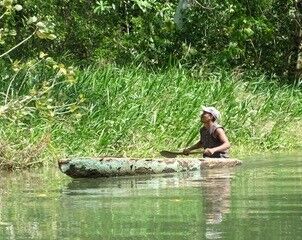
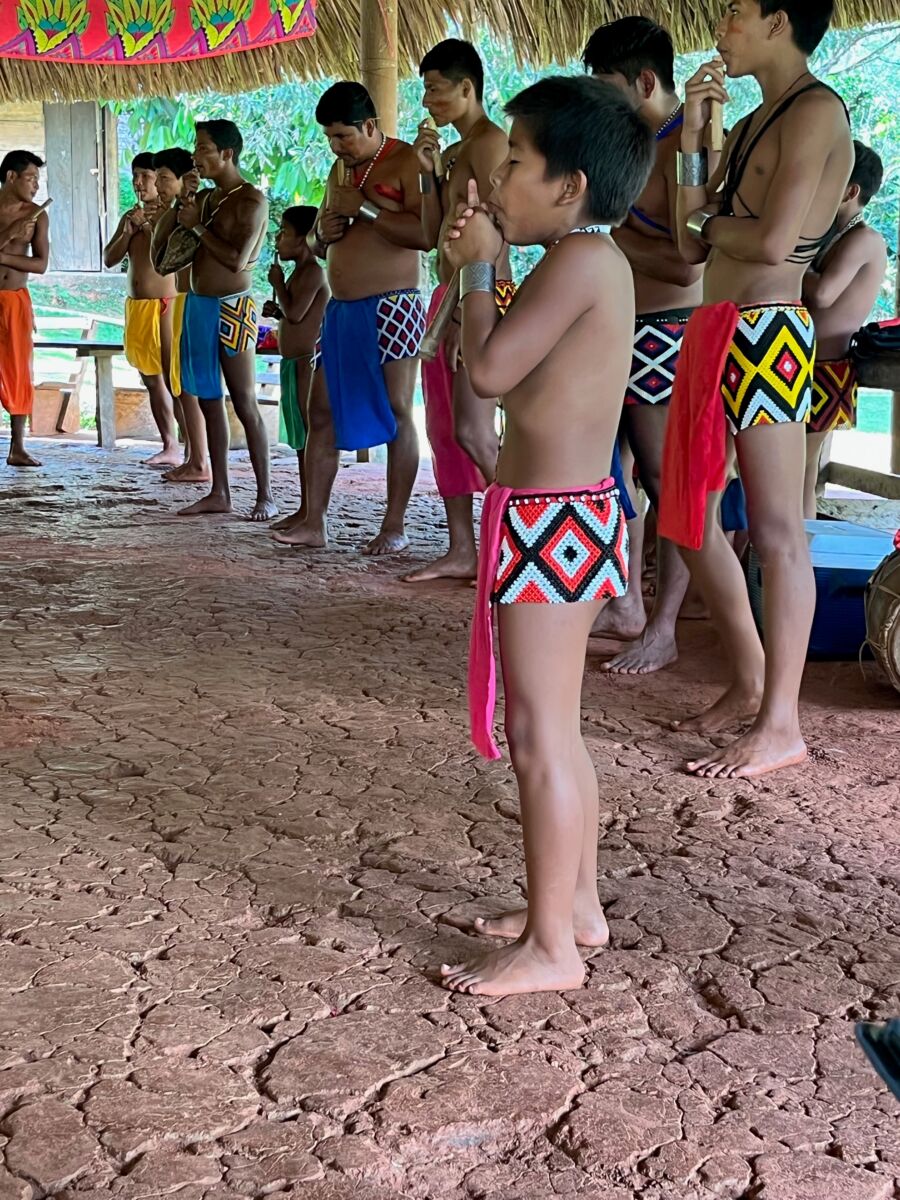
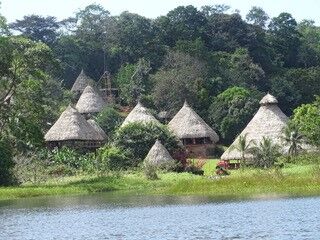
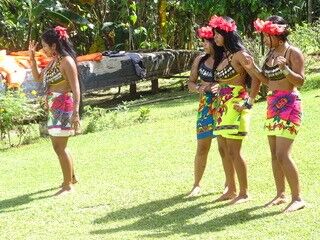
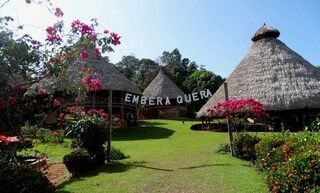
Embera Quera village (it means “Scented Embera”) is home to seventeen families of the Embera indigenous people who made us feel extremely welcome. There was singing and dancing, lunch (tilapia fish and plantain plus fruit served on a leaf plate), a description of their daily life, crafts for sale and, if you fancied one (I did) a temporary tattoo applied using a dye from a local berry. On the way back up-river, two turtles on a floating log passed insouciantly by.
But this was as nothing to the wildlife the next day on the Canal itself. First, though, having waited patiently out at sea overnight for our spot in the queue, we had to get through the trio of astonishing locks below the Atlantic Bridge that swoops dramatically overhead (though it leads pretty much nowhere). Recently, there have been new wider locks built for the increasingly massive cargo vessels that pass through but even the original ones are on an awe-inspiring scale. The ships are guided into place by “mules” attached by ropes – not real mules, of course, but strange train-like engines that run on tracks along the canal-side. The three locks raise the ship gradually some 26m (85ft) and up to the Gatun Lake. Because the Panama Canal is only partly actual canal. For the most part, once you’re through the locks, you are in open water.
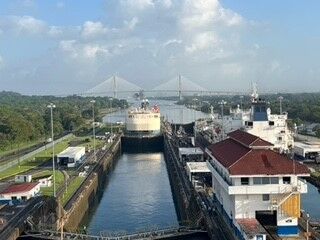
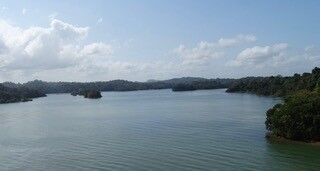
And this is where the wildlife just teems both in the water and in the rainforest which covers the surrounding land and the lake’s many islands. Howler monkeys make their strange calls, pelicans skim the water, their wing tips dipping in like Edwardian ladies trailing their fingers from a punt. Crocodiles bask at the water’s edge. The other ones you don’t want to see (all manner of biting insects, snakes and spiders, often venomous) stay firmly under the tree canopy. These were one of the major causes of the fatalities during the earlier stages of the building of the canal – at its peak there were 200 deaths a day. Malaria, yellow fever, landslides, drownings and other disasters accounted for the rest.
We are in the Canal for most of the day – it’s 82km (51miles) of waterway. Depending on the level of traffic (usually plenty) it takes around nine hours to get to the locks that drop you back down to sea level and into the Pacific Ocean. We’re lucky to have a rather brilliant wildlife team (Ocean Wildlife Encounters) on board Balmoral who spotted lots: spotted dolphins, white-tailed deer, howler monkeys, crocodiles, green iguanas and a list of well over 40 different bird species – among them, brown boobies, pelicans, cormorants, magnificent frigates, black, turkey and king vultures, snowy egrets, terns, plovers, swifts and parrots. Quite a haul – and so much easier to see when there’s an expert eye right next to you.
This central section is actually at 26m (85ft) above sea level and you are sailing through what were once hilltops, flooded to become the vast lake that traverses the isthmus. It is also the gateway to the west coast of South America where the cruise continues and much awaits. Not just the destinations (and there will be more on these in coming issues) but the wildlife. OWE have already promised we are moving into one of the best places on the planet to see whales and dolphins.
The Canal itself is an extraordinary experience but one that doesn’t come cheaply for shipping. The average ship will pay £150,000-200,000 for a one-way journey. The biggest cargo ship has already paid £1m. The cheapest charge was just 38 cents. This was an American swimmer who wanted to get into The Guinness Book of Records. Hadn’t anyone told him about the crocodiles?
Find out more
To book your cruise through the Panama Canal, call our Silver Travel Advisors on 0800 412 5678. They have loads of information to share.
Visit Fred. Olsen Cruise Lines
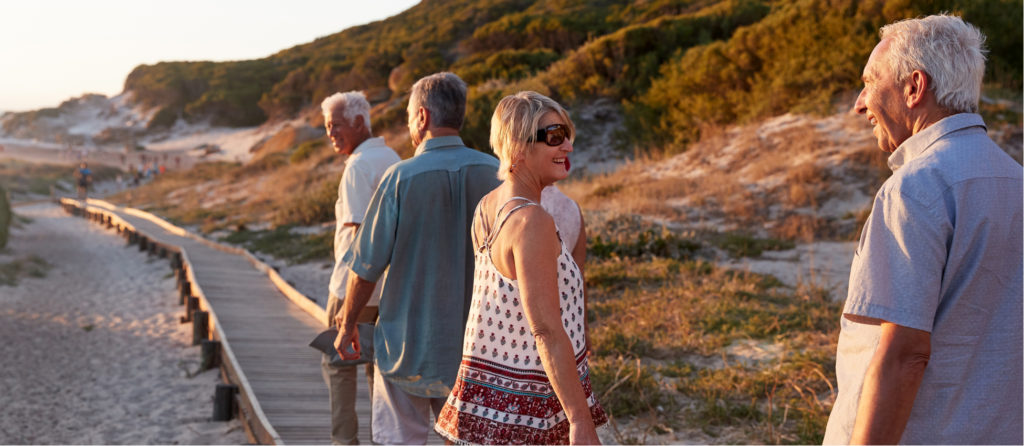
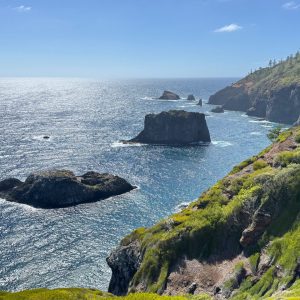


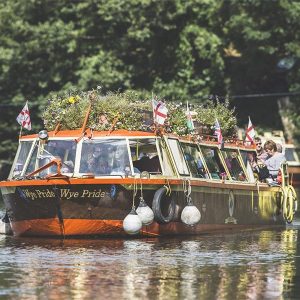







One Response
Lived there as a child with siblings and parents — 2 years @ Ft. Kobbe and four in Los Rios, directly above the second set of locks on the Pacific Ocean side. Great area for kids. Only inside for meals, school, and to avoid the DDT spray trucks 2x/week. (bugs) Loved it.